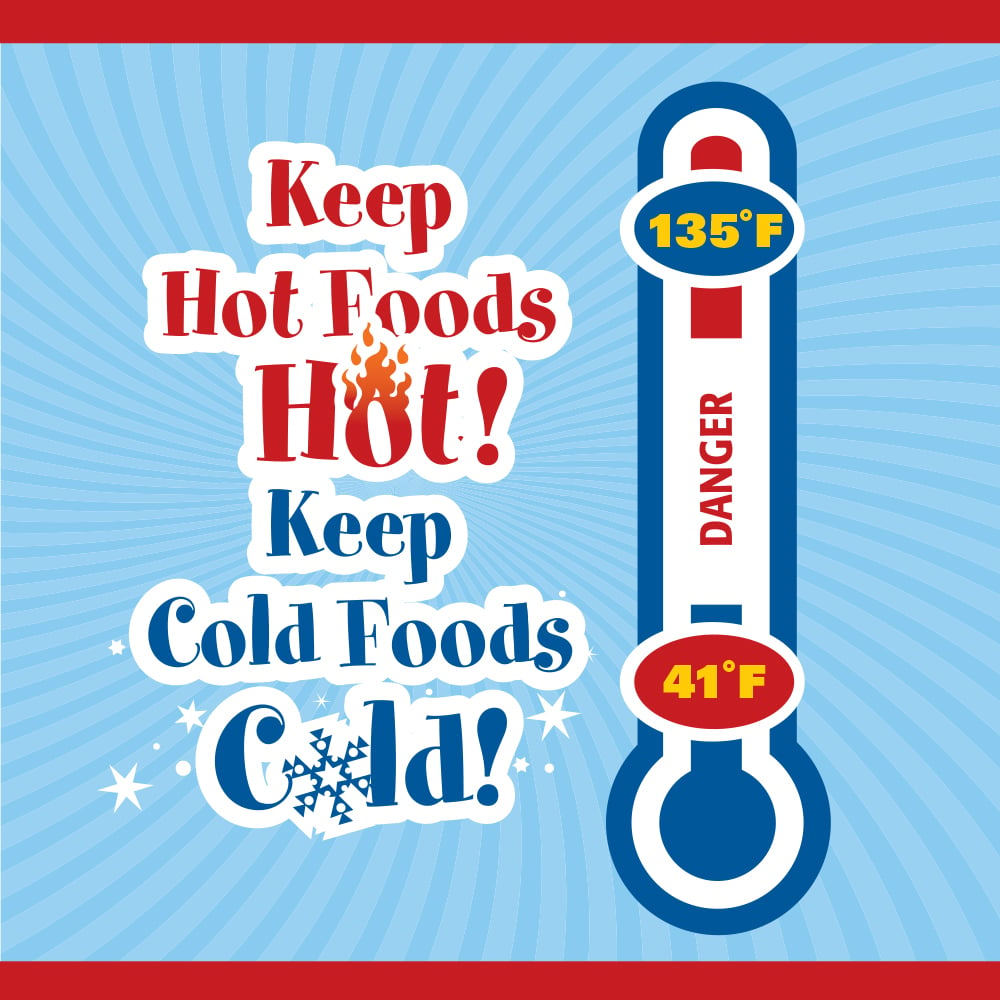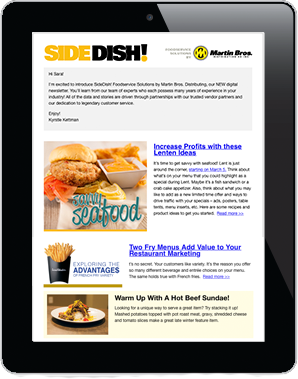TDZ is the Temperature Danger Zone, and that's a zone you don't want to be in for too long!
The TDZ is that temperature range between refrigeration (below 41° F) and hot holding (135° F or higher). The “super” TDZ is between 70° F and 135° F. It is in this temperature range where reproduction of pathogens takes place at accelerated rates. That is why proper cooling of hot foods is so important. Because of that rapid growth, the longer foods are in the TDZ, the more pathogenic cells will be present, thus likely causing an illness to whoever eats the food.
Here are 4 crucial things you need to know about the TDZ:
1. It's All About the Clock: The general rule of thumb is a total of four hours or less exposure to the TDZ. But keep in mind, the clock is ticking when foods are delivered to the loading dock and before being placed into storage, when foods are pulled from refrigeration or freezer during preparation and after menu items are prepared but before service.
2. Cooling Techniques: Proper cooling of hot foods is paramount to minimize the time spent in the TDZ. Utilizing effective cooling techniques, such as shallow pans, ice baths and blast chillers, can help bring the temperature of cooked food down quickly. This rapid cooling inhibits the growth of pathogens and reduces the risk of foodborne illnesses.
3. Hot Holding Practices: When it comes to hot holding, it's crucial to maintain a temperature of 135° F or higher to prevent pathogen growth. Using equipment like steam tables, hot holding cabinets and heat lamps can help maintain the required temperature. Regular monitoring and frequent stirring of the food can also help distribute heat evenly and prevent any potential growth of harmful pathogens.
4. Training & Education: All staff should be properly trained and educated about the temperature danger zone. They should be aware of the associated risks and the importance of following food safety procedures. Regular training sessions and updates on best practices can help reinforce the importance of these policies and procedures.
By understanding these key points about the temperature danger zone, you can take the necessary precautions to minimize the risk of foodborne illnesses and ensure the safety of your customers. Remember, maintaining proper temperature control is an essential part of food safety and should never be overlooked.
Looking for more information on Food Safety? Click here for some great resources from the Centers for Disease Control and Prevention.
Looking for more information about the TDZ? Click here for another blog from Martin Bros.!






